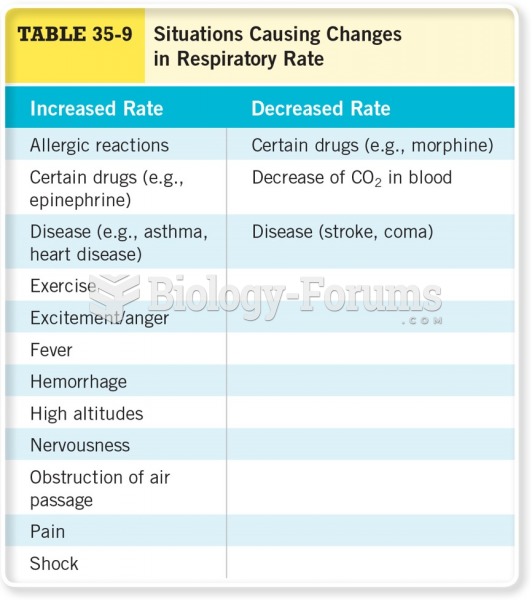This topic contains a solution. Click here to go to the answer
|
|
|
Did you know?
Critical care patients are twice as likely to receive the wrong medication. Of these errors, 20% are life-threatening, and 42% require additional life-sustaining treatments.
Did you know?
Most fungi that pathogenically affect humans live in soil. If a person is not healthy, has an open wound, or is immunocompromised, a fungal infection can be very aggressive.
Did you know?
The familiar sounds of your heart are made by the heart's valves as they open and close.
Did you know?
By definition, when a medication is administered intravenously, its bioavailability is 100%.
Did you know?
The most common treatment options for addiction include psychotherapy, support groups, and individual counseling.







